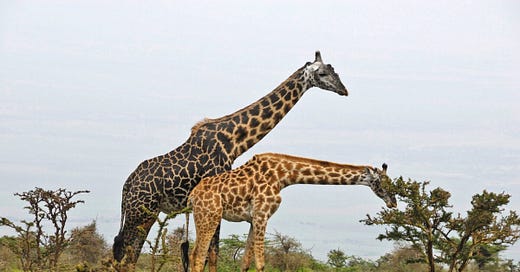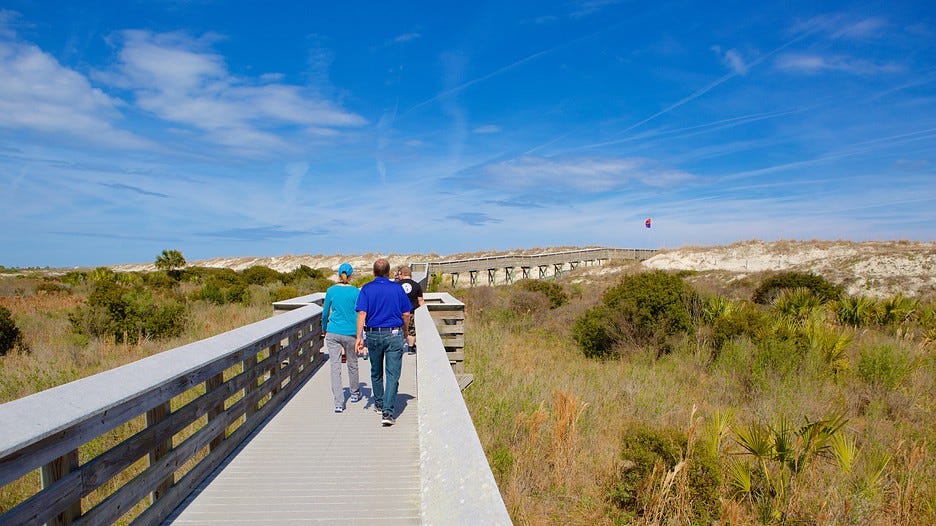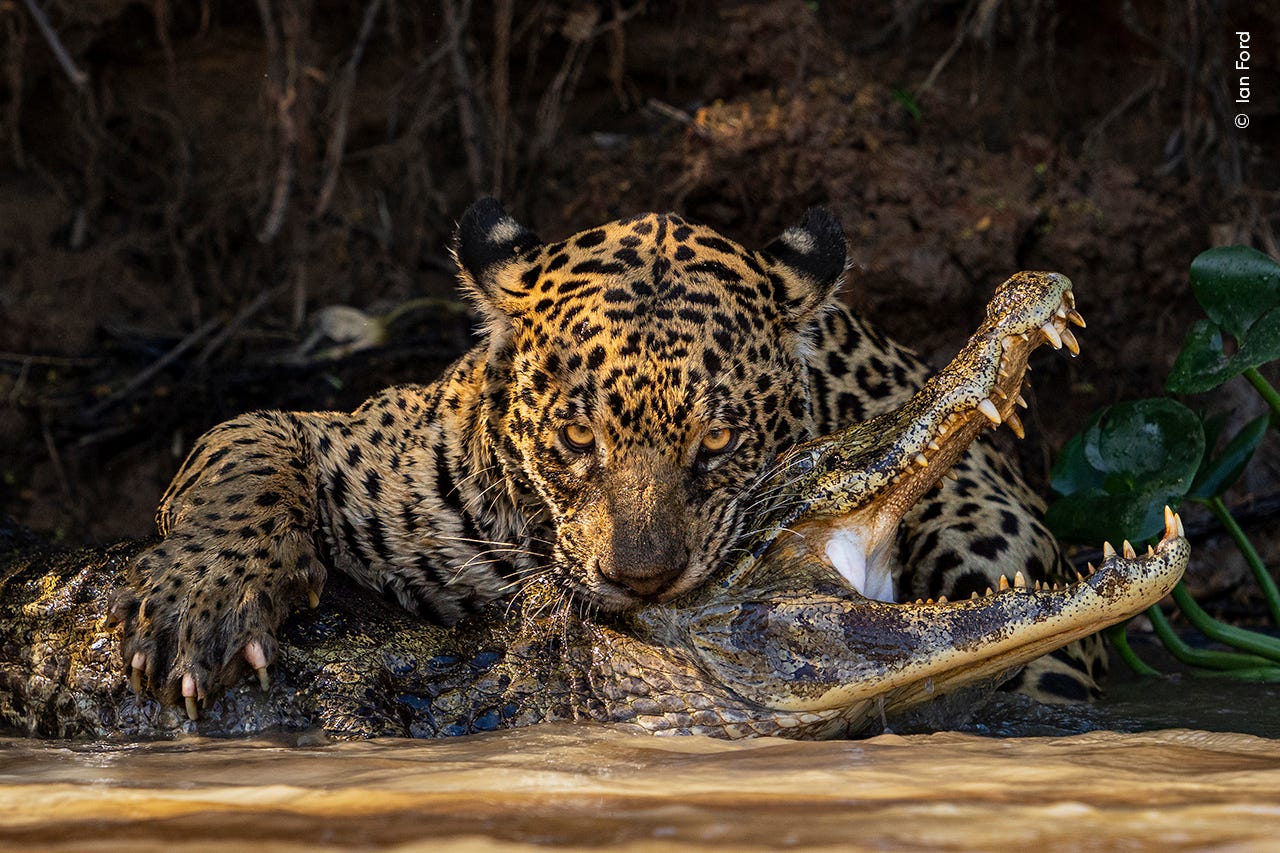by Richard Conniff
TANZANIA’S STRANGE TWIST ON WILDLIFE PROTECTION
Last time I was in Tanzania, in 2017, I got an earful about Loliondo, a 1500-square-mile area immediately north of the country’s two most popular tourism sites—Serengeti National Park and the Ngorongoro Conservation Area. The government has designated Loliondo a “game controlled area” since 1957. That’s a form of protection that supposedly limits hunting but leaves human settlement and grazing unrestricted.
The opposite has happened, according to William Ole Seki, a community leader I met at the Kope Lion Project, a local wildlife conservation group. Government agents, he told me, have systematically burned down homes, cattle bomas, and croplands to drive the Maasai people off their traditional lands. They’ve done it not to protect wildlife but to accommodate “the Arabs,” members of the ultra-wealthy Middle Eastern elite flown in for lavish sightseeing and hunting parties that routinely flout Tanzanian law.
Now Mongabay, the environmental news site, has published a new account of the alleged violations, from whistleblower interviews with past and present employees of the Ortello Business Corporation, the Dubai-based company that manages luxury tours to the area. Along with the familiar allegations of unlawful leases obtained by bribery, and flagrant but routine violations of hunting law, Mongabay’s sources recounted one particularly dismaying practice:
It’s illegal but nonetheless commonplace, according to the article, for wealthy Middle Eastern visitors to fly live wildlife home with them. “If they see you on the road,” said one former employee, “they stop you and ask where you have seen baby leopards, lions or ostriches. They really like baby animals because older animals are difficult to transport.”
Finding a young animal separated from its parent is of course rare. But hunting can apparently supply the need. According to Mongabay: “On multiple occasions, these shoots ended with the tourists killing a female animal and caging her offspring” to be shipped home as a pet.
Read the whole report here but I can’t suggest that you will enjoy it.
MOZAMBIQUE LOCKS AWAY RHINO HORN KINGPINS
Just since 2011, South Africa’s Kruger National Park has lost three-quarters of its white rhinos and half its critically endangered black rhinos to the illegal wildlife trade. Poachers cross into the park from neighboring Mozambique to slaughter the rhinos and carry off their horns. The horns sell for more than $20,000 a kilogram in China and Vietnam, where they are said, in essence, to cure what ails you.
But two kingpins of that illegal trade will now be spending the next few decades in a Mozambique prison for their role in the slaughter. The two were arrested in July, 2022, in possession of four rhino horns weighing almost three kilos, following an investigation by Mozambique’s Serviço Nacional de Investigação Criminal, supported by the Wildlife Justice Commission, a Dutch foundation. The Wildlife Justice Commission describes Simon Valoi as
one of the most prolific rhino horn poaching bosses known for primarily targeting Kruger National Park in South Africa. His conviction, along with that of his right-hand man [Paulo] Zucula, represents a significant blow to the illegal wildlife trade in southern Africa.
A Mozambique court handed a 27-year sentence to Valoi, and 24 years to Zucula.
Mozambique’s stern approach to wildlife crime is a stark contrast with what’s happening in South Africa. It’s a reminder in particular that rancher, hunting guide, and accused rhino horn poacher Dawie Groenwald and his alleged “Musina Mafia” collaborators remain at large 13 years after their widely-publicized arrest by South Africa’s elite police unit known as the Hawks.
The police may be hawks, but South Africa’s judges have been kittens, allowing Groenwald endless delays to avoid facing trial on the charges. Meantime, in the years since that first arrest in 2011, South Africa has lost 10,621 rhinos, and the illegal rhino horn trade has expanded beyond Kruger to other parks and preserves, and to neighboring countries.
IT’S A PARK, BUT WHY NOT BUT A BIG HOTEL HERE?
Forget President Teddy Roosevelt, that Republican pioneer of wildlife and land conservation. Modern Republicans think “the highest and best use” for every square inch of this Earth is to turn a buck, preferably for a donor.
In that spirit, Florida Governor Ron DeSantis’s Department of Environmental Protection used the snoozy, attention-lapsed days of mid-August to announce a plan to cash in on state parks.
Its “2024-25 Great Outdoors Initiative” noted that Florida’s 175 state parks already have “an annual economic impact of $3.6 billion.” Clearly not enough. The new plan was to increase “the number of campsites, cabins and lodges on park property,” build pickleball courts and a 350-room hotel next to otherwise pristine beaches, and carve out land for disc golf courses on five state parks. Palm Beach County’s Jonathan Dickinson State Park, known for 150 bird species, plus bobcats, deer, otters, manatees, alligators and the occasional black bear, would lose a large chunk of land for a traditional golf course. (Florida already has more golf courses per square mile than any other state in the union, incidentally.)
Florida residents responded—even in August—with outrage and “Parks Over Profits” protests. Republican politicians jumped on the opposition bandwagon. This week, DeSantis backed down, putting the plan on hold and claiming he never knew about it in the first place. The Department of Environmental Protection declined journalist requests for interviews, but sent out an email saying “public input is vital.”
MORE THAN A MOUTHFUL
Finally, London’s Natural History Museum offered a preview this week of its Wildlife Photographer of the Year contest, and this offering caught my eye. Travel agent and photographer Ian Ford from the UK took this image of a jaguar sinking its teeth into the back of a caiman’s neck in Brazil’s Pantanal. Check out some of the other entries here.







